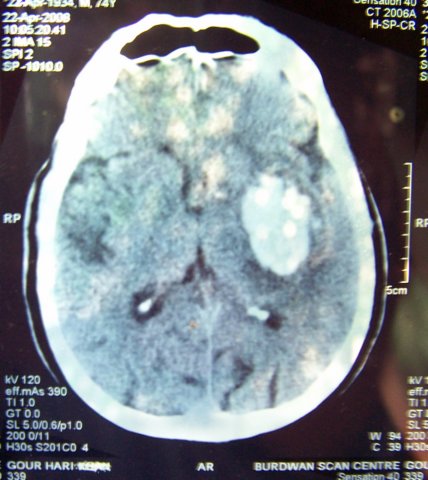Treatment of CVA Stroke, Neuron Injury in the CNS:
The Condition of Paralysis may be have long term of prognosis.
The nervous system contained with two types of neurons- upper neuron and lower neuron. The cell body of upper neurons is resided in the brain. The axon of neurons extend down through the spinal cord to the lower cell body of the peripheral system.
There are various known and unknown causes of brain cell death and damage. One of them is disuse decay that happens naturally after adulthood. Unused cells lose contact links with axons and synapses and develop disuse atrophy. They become reluctant about sensory impulses and persists deterioration. Stroke, usually caused to damage the cell body and neuronal network of upper neurons in the brain. It is resulted as sensory or motor lose or both.
There are many pathogenic and physical causes of CNS Neuron death and damage, like-
Stroke (CVA)
Head trauma
Cerebral embolism
Cerebral hemorrhage (bleeding)
Atherosclerosis
Meningitis
Diabetes mellitus
Viral encephalitis
Brain abscess
Brain tumor
Hypertension
Motor neuron disease
Ischemic attacks
Alzheimer's disease
Birth time injuries
It is well known fact unlike other cells of the body the brain cells survive life long except might not be damaged by pathologically, physiologically, physically or traumatically.
|
MRI of brain, noticed CVA clotting |
|
|
Clinical Features of Brain Cell Injury-
The
brain cell injury featurised by the following symptoms, depends on the area of
brain where and how much it is affected -
Paralyzed part or parts of the body –
Hemiplegia, Paraplegia, Facial Palsy etc.
Loss of sense (numbness) in a part or
parts of the body.
Inability to control fine movements.
Audio and visual difficulties.
Speech difficulty.
Loss of consciousness or alteration.
Loss of memory with confusion or drowsiness.
Lack of concentration.
Slow processing of new information.
Inability to learning new tasks.
Inability to control bladder and babble
Lack of attention.
Difficulty to perform complex mental activities.
Lack of self confidence.
Decrease random excess memory power.
Loss of intellect and thinking power.
What is the Prognosis-
Most people with minor brain cell injury completely recovers within a few days. But serious injury may be developed as permanent disability, paralysis, coma, persistent loses of consciousness or death.
New Hope of Healing-
It is a common concept that brain cells can not be regenerated and rewired toward the required networks. Inductive Psychoplasty claims and presented evidences to the regeneration, elongation and reformation of axons network toward the target cells up to a great distance in the brain and spinal cord. It helps to reanimate the motor and sensory functions beyond available modern medicines and therapies.
The Inductive Psychoplasty inducts the brain in such a manner whereas intact brain cells would create some new neuronal networks as per therapeutic requirements. At the mean time, newly created networks resume the duty and function of damaged neurons so that the patient would regain voluntary control on the affected sites. It is helpful to treat the condition of curable and incurable paralysis caused by brain cell injury such as CVA-stroke, head trauma, spinal injury or some type of pathogenesis. It helps to-
Rewiring of the neuronal network of intact neurons.
Utilizing the scope of brain cell plasticity.
To enhance self confidence of the patient.
To use the power of subconscious mind for clinical purpose.
To enhance the neurotransmission in the brain.
To motivate the patient come out from his mental complexes, fears and apathies.
To enhance and speed up recovery process.
How the Psychoplasty Works-
The brain works with thoughts and stimuli. The clinical trance inducts a strong thought in the brain to produce a certain movement. On the other hand, external electrical stimulation at same time is given at peripheral sites. The bipolar (brain cell and peripheral nerve ending) induction helps sprouting the tips of cut axons (growth cones or filopodia). Therefore axons elongation take-place toward the right target cells.

